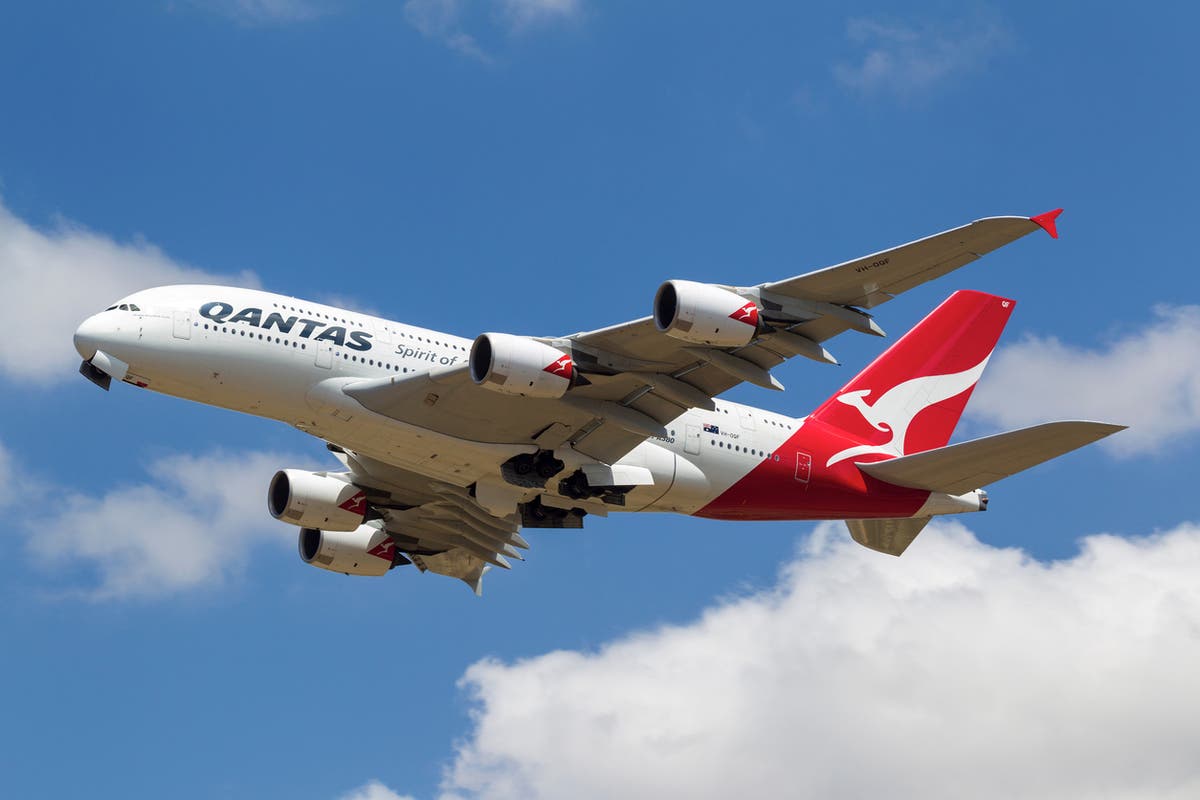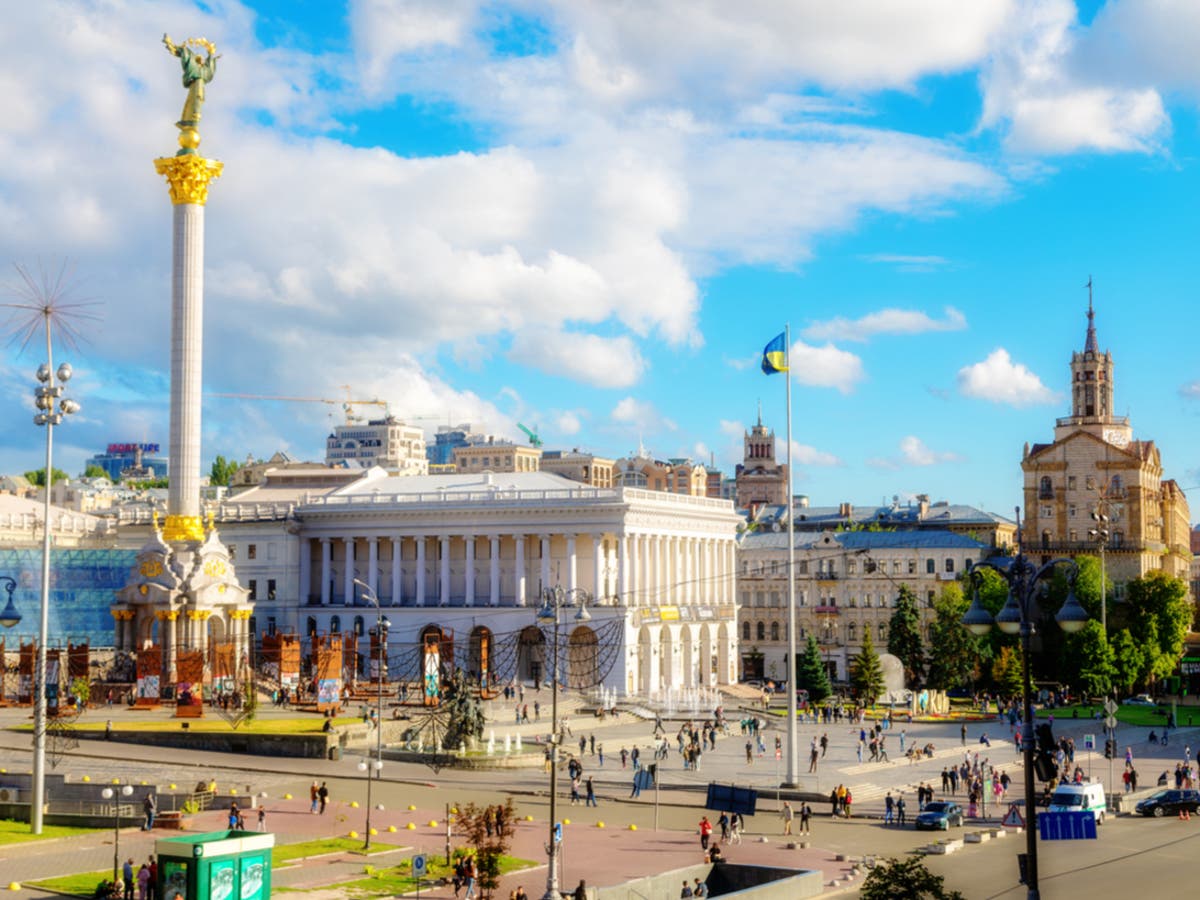How to do the great American road trip: Montana and Wyoming
In this exclusive series, Simon Veness and Susan Veness share diaries of their travels by RV as they take on the ultimate US adventure. In part four, they take a deep-dive into Wyoming, discovering a vast Western-cultured state where...

Sign up to Simon Calder’s free travel email for expert advice and money-saving discounts
Get Simon Calder’s Travel email
The old-time rancher looked us up and down, and then in his best cowboy drawl, asked, “Where y’all from?” On naming our home base, he insisted: “Florida? That’s the other side of the world.”
And, in his way, he was probably right. From Farson, Wyoming, the Sunshine State probably seemed a world away from the immense reaches of this Western-cultured state, where round-ups were still conducted on horseback and tourism was just a quaint idea.
True, we had all stopped for ice-cream at Farson Mercantile rather than anything cowboy-like, but the whipcord-slim old-timer gave the impression that anything from out of state might just as well be in a different hemisphere.
This was the Wyoming we had hoped to discover, though, after scrapping plans to head further west. Our grand 12-month RV adventure had hit a roadblock, having come too far, too fast and put our Winnebago Sightseer under undue strain.
Wild horses in the Red Desert, Wyoming
(Simon Veness and Susan Veness )
We’d had to decide between pushing on an additional 1,000 miles to Washington and Oregon in favour of more Montana and Wyoming, which we had only touched on during our hectic dashes to Yellowstone and Glacier National Parks. Indeed, Wyoming had really piqued our curiosity with its small-city-big-country feel, and we wanted a deep-dive into a state still predicated on ranching, mining and railways.
The most populous city is state capital Cheyenne, but, with barely 64,000 people, that’s less than Torquay in Devon. Yet Wyoming is 4,000 square miles larger than the entire UK. To say it is an ocean of emptiness in a vast panorama of mountains, rivers and ranches is an understatement. Nature still rules the roost here, and that makes it perfect for exploring by RV.
Read more on USA travel:
After the wonders of Glacier National Park, we had turned south-east through Montana and a welter of small towns, including the near ghost-town of Reed Point, agricultural Shelby and historic Great Falls, a pivotal location in the legendary Lewis and Clark Expedition of 1805.
Here, the Corps of Discovery spent more than a month hauling their boats up the Missouri River through five waterfalls, a compelling story excellently told at the Lewis and Clark National Historic Trail Interpretive Center and Giant Springs State Park, home of the shortest river in the world, the less-than-mighty 200ft Roe River.
The boutiquey Old West RV Park earned our plaudits for its location in the heart of Reed Point, with its Waterhole Saloon (and truly excellent burgers), while the nearby Harvest Host site of Greycliff Mill offered a modern counterpoint with its heavenly milkshakes, bagels and paninis. Natural Bridge Falls on the Boulder River scenic drive provided the eye candy.
Inside the Occidental Hotel's Saloon
(Simon Veness and Susan Veness )
That took us further south, into Wyoming and deeper into cowboy culture, via the town of Buffalo with its stately edifice of The Occidental Hotel and 1908 Saloon, and Sheridan, where Peter D’s RV Park offered one of the most user-friendly RV camps we had discovered to date.
By this stage – 4,635 miles into our journey – we had discovered the “secret” of RVing, and it wasn’t about pointing our rig, Indefatigable (or Fati for short) at the nearest scenic trail and following our noses, as we did during the first three months.
No, the essential truth of this unique style of travel was to use the RV as the base from which to explore in our little Ford Fiesta, Nippy. Therefore, we picked Sheridan, Casper, Wheatland and Green River as HQs for extensive adventuring, and dug into the magnificence that is Wyoming.
The scenic drive into Rocky Mountain National Park
(Simon Veness and Susan Veness )
Sheridan, with its cute downtown, opened the door to impressive Tongue River Canyon and historic Fort Phil Kearney, site of a key battle in Red Cloud’s War from 1866-68; Casper offered us major stops on the fabled Oregon Trail, the 19th-century pioneer route to the West Coast. We stood on iconic Independence Rock and struggled to imagine how those intrepid folks would have viewed this stark landscape, battling through its countless barriers on foot, wagon and horseback.
They had to reach this point by 4 July on their epic 2,170-mile trek west or risk not achieving their destination before the onset of winter (and starvation). Roughly half a million passed this way between 1836 and 1869; most of them made it, but thousands did not.
From Wheatland, we drove south to the true cowboy outposts of Cheyenne and Fort Laramie; lapped up the mountain scenery of the US-34 scenic drive; and marvelled at Wind River Canyon, gateway to Thermopolis and its extensive thermal springs.
Castle Rock overlooking Green River Wyoming
(Simon Veness and Susan Veness )
Even better, looking at the map, we saw we were only 150 miles from Rocky Mountain National Park, just across the border of Colorado, and we set forth in Nippy to get up close and personal with the Rockies.
We had already encountered them in Glacier, but this was different. Surrounded by peaks reaching 14,000 feet, our WPMs (Wows Per Minute – trademark pending) reached new heights as we goggled at a 360-degree vista of mountain splendour. The scenic drive up Cache La Poudre Scenic Byway served as a warm-up to the main event, taking US-34 into the National Park, where arriving in Estes Park brought the full majesty into play.
A solitary moose crossed our path, grazing casually on lake vegetation, a glorious symbol of nature’s munificence
Trail Ridge Road took that lofty vision and ran with it, highlighting why it was designated an All American Road in 1996. Here, the road touched 12,000 feet above sea level, an elevation beyond the tree line and with views in every direction that staggered the mind. As we descended back to a mere 8,000 feet, a solitary moose crossed our path, grazing casually on lake vegetation, a glorious symbol of nature’s munificence.
If we thought this part of the world had delivered all the scenic wonders it could offer, we found more as we headed west to Green River back in Wyoming. In the shadow of the imposing Castle Rock and the edge of the high plains Red Desert, this city was the starting point for explorer John Wesley Powell’s 1869 expedition to the Grand Canyon. More importantly, it offered the Flaming Gorge – Green River All American Road, 45 miles of zig-zagging roller-coaster that continued into Utah and the Uinta Mountains.
Halfway through what actually turned out to be a grand 154-mile round-trip, we arrived unexpectedly at Red Canyon Overlook, an improbably precipitous point perched 1,631ft above the Flaming Gorge Reservoir, and affording views halfway to forever.
The Red Canyon Overlook at 1,600ft straight down
(Simon Veness and Susan Veness )
We had started out in the high desert, populated by a mass of hardy sagebrush and sunflowers, and graduated through a jumbled mass of hogbacks, bowls, ridges, cuestas and ancient deep river canyons to the high-altitude pine forest of the Red Canyon.
The wildlife was equally impressive, from sage grouse and wild horses to mule deer and the seemingly ever-present pronghorn antelope.
It challenged our knowledge of geologic features and understanding of the ages-old terraforming powers of wind, water and frost. But, best of all, it was utterly untouched by any human activity or degradation, a pristine, untroubled landscape that bordered on the holy.
As we rolled westward along I-80 towards Idaho, we were left with a deeply-ingrained sense of Wyoming’s essential vastness, the big-sky attributes of horizons that filled our windscreen and more besides; a truly magical vista.
It was utterly untouched by any human activity or degradation, a pristine, untroubled landscape that bordered on the holy
The lone somber note was provided by repeated sightings of the Sand Creek Massacre Trail, another heart-breaking story of brutality by the US Army in attacking a peaceful camp of Cheyenne and Arapaho in 1864, slaughtering men, women and children. The Trail reflects the 600-mile journey of the survivors. It took until 1990 for the government to issue an official apology for the 19th century bloodbath, and 2000 for the National Historic Site to be created.
For a while we trundled along in silence, pursued by memories of a 159-year-old outrage. To this day, it is the only National Historic Site with the word “massacre” in it. And that’s a start.
Next stops: Idaho and Utah...
How to do it
RVing 101
RV factfile
Read more on the best USA hotel reviews

 UsenB
UsenB 































